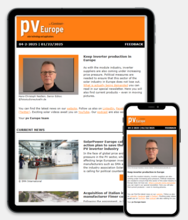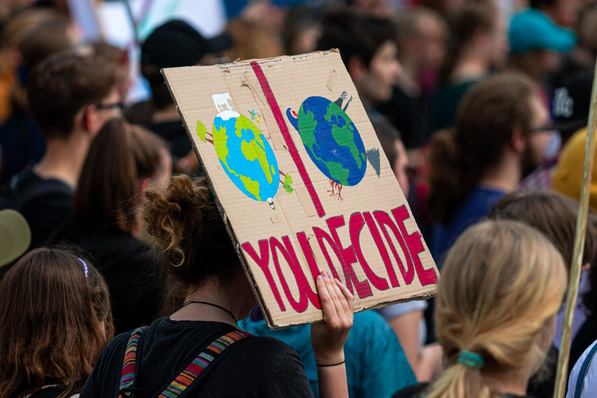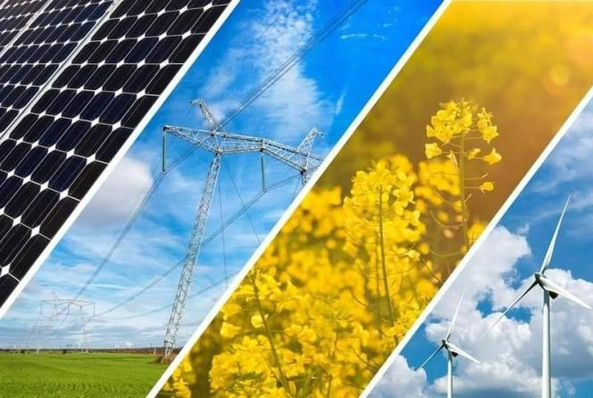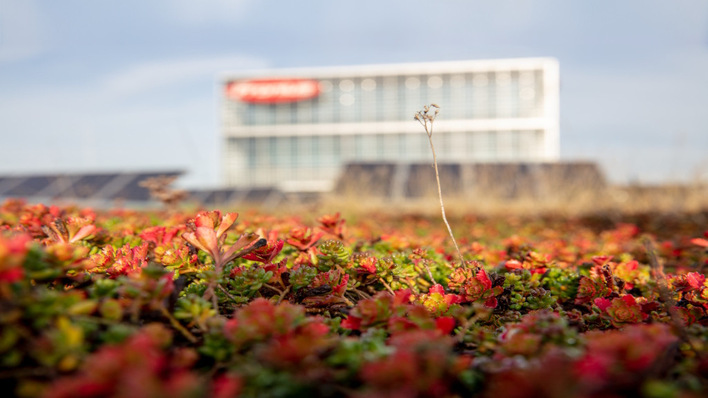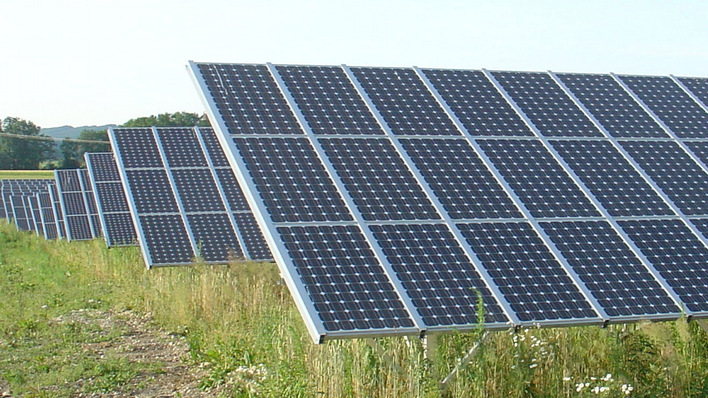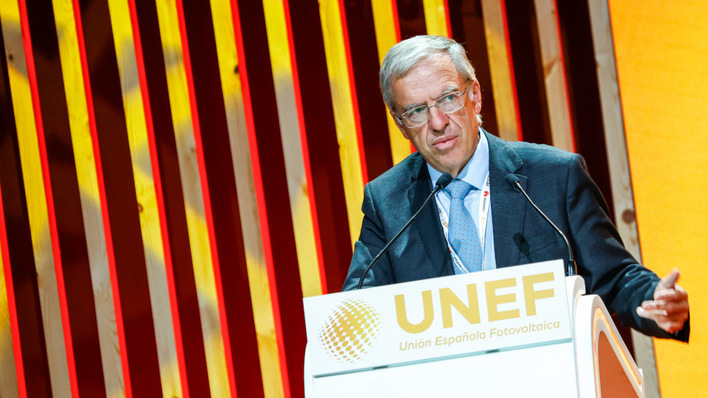Trade policy is once again shaking up the global solar market. With the US recently announcing tariffs as high as 3,521% on solar imports from Southeast Asia, many industry observers are drawing parallels to Europe’s actions more than a decade ago. According to Gerard Scheper, CEO of European Solar, the similarities are striking — and the risks are real.
A pattern repeating Itself
Scheper recalls the 2013 decision by the European Union to impose import restrictions on Chinese PV modules. “We set minimum prices that allowed European manufacturers to compete,” he explains. “But only a handful of Chinese producers took the extra step of building factories outside China — and they were the ones who ultimately gained most of the market.”
According to Scheper, those companies captured around 75% of the available business, while European manufacturers, constrained by limited production capacity, were able to serve only 25%. Today, he notes, most of those European manufacturers are no longer in business. “Roughly 80% didn’t survive. And looking back, there was bending of the rules on all sides — manufacturers, buyers, and governments alike,” he says.
Short-term gains, long-term uncertainty
The new U.S. tariffs appear to be repeating that cycle. The Commerce Department’s investigation concluded that producers in Cambodia, Vietnam, Malaysia, and Thailand were benefiting from unfair subsidies and dumping practices. As a result, most solar modules from those countries now face prohibitive trade duties — a move that has already led to a double-digit stock surge for some U.S.-based solar firms.
However, Scheper warns that this is not a long-term fix for the industry. “It may look like a win for domestic production, but we’ve seen how this plays out,” he cautions. “Protectionist policies can distort the market temporarily, but they rarely lead to lasting stability or competitiveness.”
Expert analysis: the solar market in motion
From Scheper’s perspective, the situation presents significant risks — particularly for downstream buyers. With global module prices already at historic lows and overcapacity weighing on the market, he expects more financial stress in the months ahead. “There will be profit warnings, bankruptcies, and yes — companies cutting corners to survive. It’s the kind of pressure that often leads to bad decisions,” he says.
Adaptation over protectionism
He believes that buyers should exercise caution when selecting suppliers in this environment. “Financial resilience is more important than ever,” Scheper advises. “A good price isn’t worth much if the manufacturer isn’t around next year to honour their warranties.”
While Chinese suppliers will undoubtedly feel the pain of losing access to the U.S. market — a major source of high-margin demand — Scheper says the broader implications are global. “The raw materials still come from China. The question isn’t whether supply can be blocked, but whether the industry adapts efficiently,” he says.
PV Index: Price upticks in April 2025 signal supply strains
SolarBank, a North American developer, appears to be adjusting accordingly. The company reports that it does not source from affected countries and is instead turning to suppliers in the Middle East and North America. Meanwhile, major players like Tesla and EVE Energy are investing heavily in domestic manufacturing and energy storage — signalling a shift toward regional self-reliance rather than reliance on trade walls.
“Ultimately, the winners will be those who innovate, scale wisely, and build trust,” says Scheper. “Regulations may come and go, but the fundamentals of sustainable business don’t change.”
As the U.S. International Trade Commission prepares its final ruling later this month, the industry is watching closely. For Scheper, the message is simple: history offers a clear roadmap — and a warning. (hcn)
Don‘t miss our next investor newsletter: Innovations for project business


